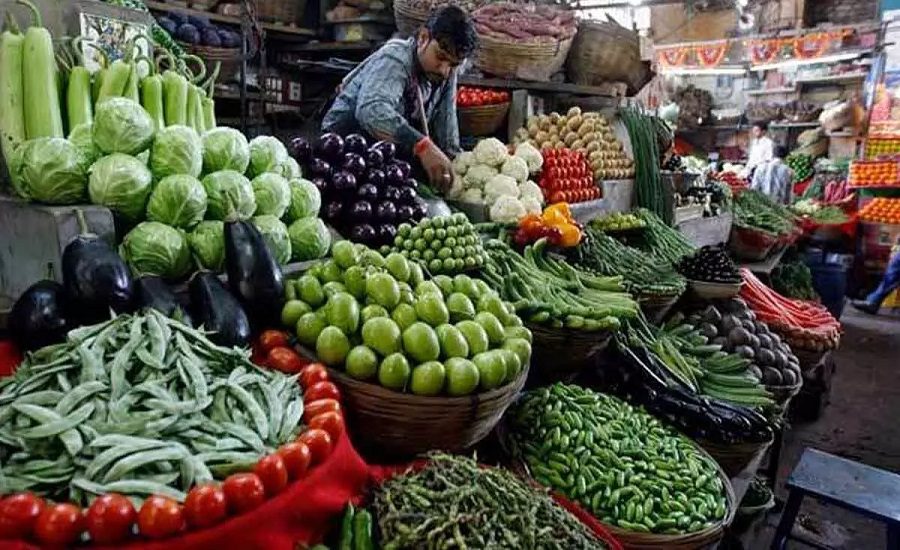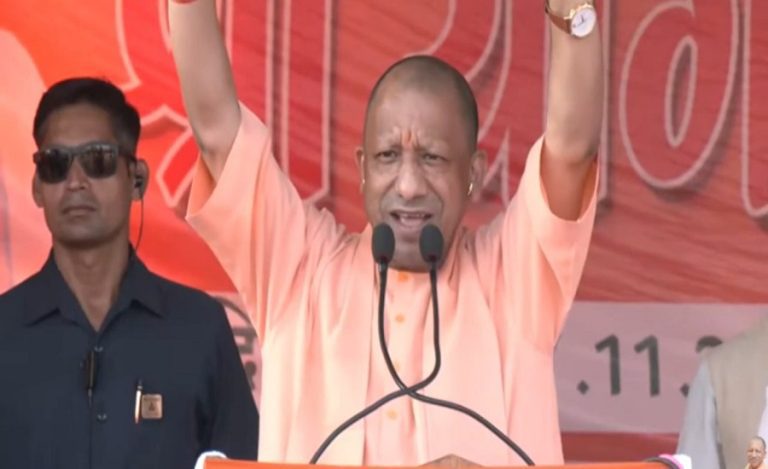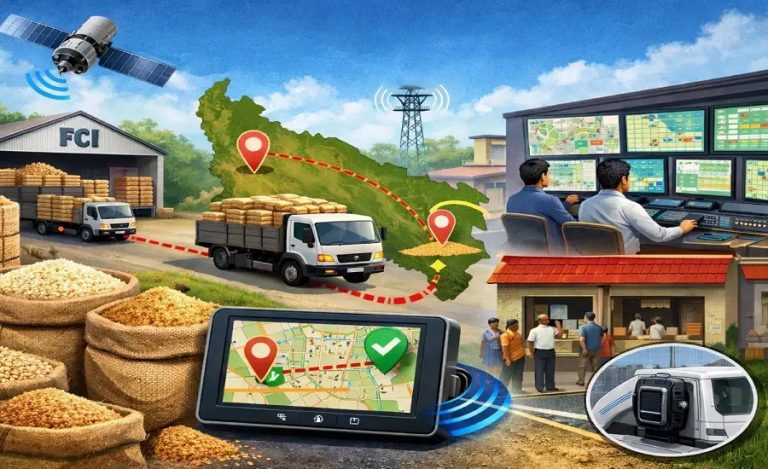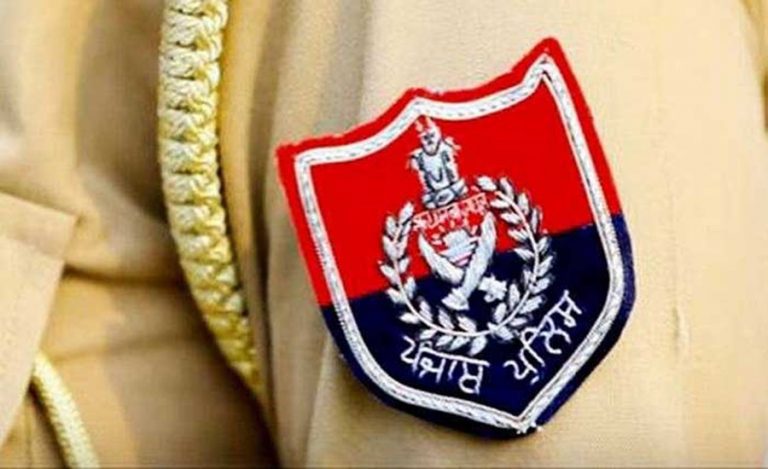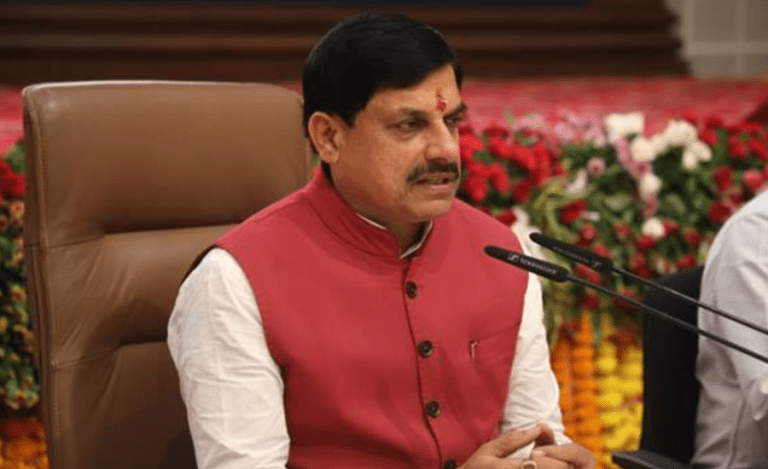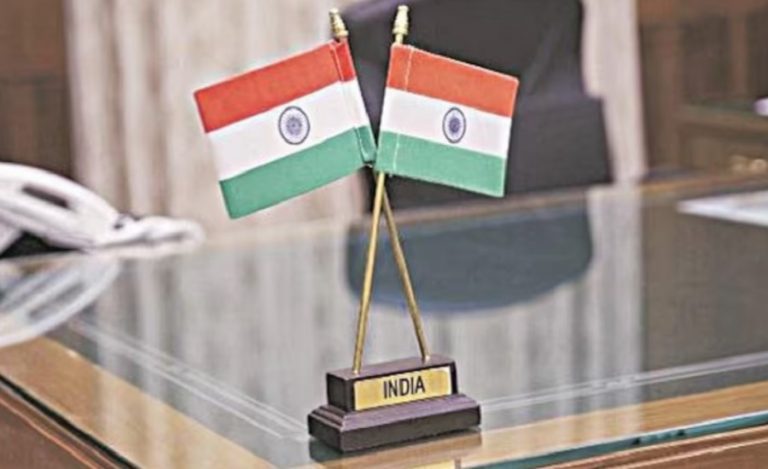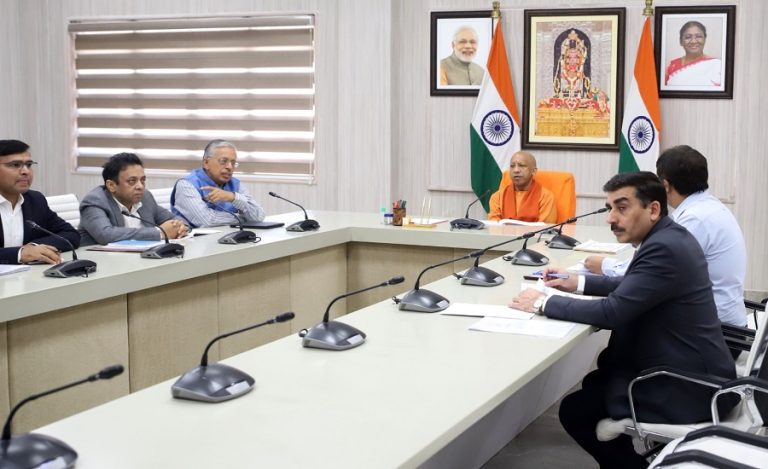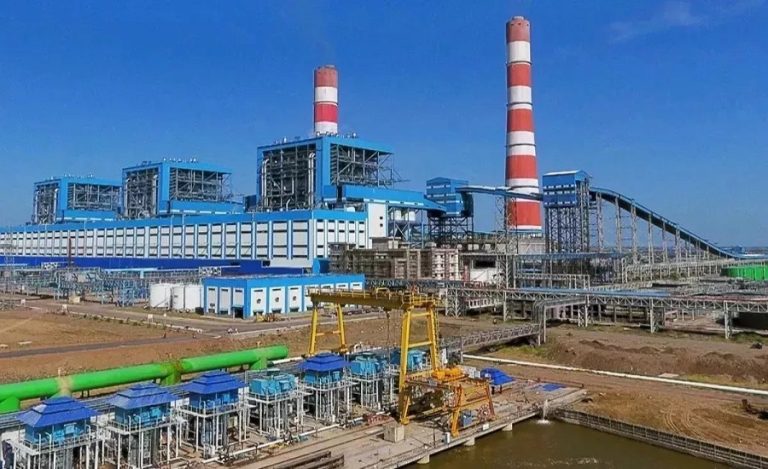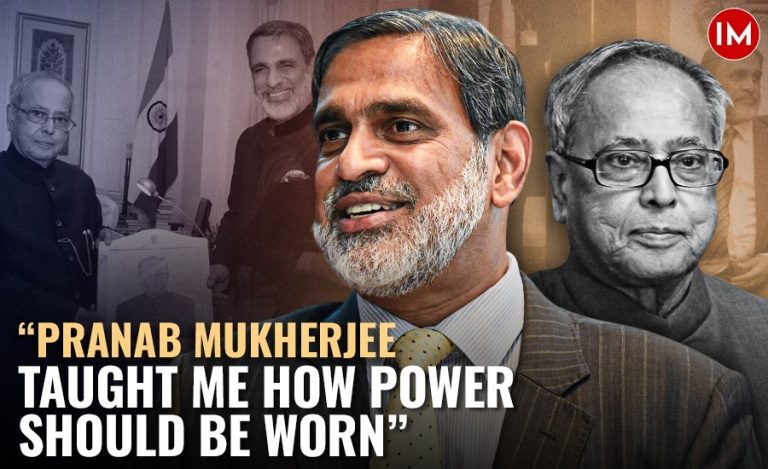New Delhi: India’s retail inflation cooled to an eight-year low of 1.55% in July, dropping below the Reserve Bank of India’s (RBI) comfort zone for the first time since January 2019, according to data released Tuesday by the National Statistical Office (NSO). The sharp moderation was largely driven by a significant decline in food prices and a favourable base effect.
Lowest CPI Inflation Since June 2017
The July figure is the lowest recorded retail inflation since June 2017, when the Consumer Price Index (CPI) stood at 1.46%. It also marks a steep fall from 2.1% in June 2025 and 3.6% in July 2024, underscoring a strong disinflationary trend.
The government mandates the RBI to maintain retail inflation at 4% with a margin of ±2%, meaning the July number falls well below the lower tolerance band.
Food Prices in Deflationary Territory
According to the NSO, year-on-year food inflation turned negative at -1.76%, the lowest since January 2019. The sharp drop was attributed to falling prices in key categories such as:
- Pulses and products
- Vegetables
- Cereals
- Transport and communication
- Education
- Eggs
- Sugar and confectionery
“The significant decline in headline and food inflation is mainly due to a favourable base effect and softening of prices across multiple categories,” said an NSO spokesperson.
Inflation Breakdown by Region
- Rural inflation was recorded at 1.18%
- Urban inflation stood at 2.05%
At the state level, Kerala registered the highest CPI inflation at 8.89%, followed by Jammu & Kashmir (3.77%) and Punjab (3.53%). Assam reported the lowest inflation at -0.61%.
Economists Caution Against Over-Optimism
While the headline number is striking, analysts caution that the drop may be temporary.
Aditi Nayar, Chief Economist at ICRA, noted, “The decline reflects a high base and easing food prices, even though vegetables saw a slight uptick. However, inflation is expected to rise again in Q4 FY26 and Q1 FY27, potentially breaching 4%, which would limit the RBI’s scope for further rate cuts.”
Similarly, Paras Jasrai, Associate Director at India Ratings and Research, highlighted that core inflation (which excludes food and fuel) remained firm at 4.1%, suggesting underlying demand in the economy remains stable.
RBI Policy Outlook
Earlier this month, the RBI held the repo rate steady at 5.5%, maintaining a wait-and-watch stance amid global uncertainties and the need to assess the impact of previous rate cuts.
While inflation has now dropped below the Monetary Policy Committee’s target range, Governor Sanjay Malhotra has indicated that inflation could edge above 4% in late FY26 and beyond due to base effects and policy-driven demand pressures.
The central bank has so far reduced the repo rate by 100 basis points since February.
Data Collection and Methodology
The NSO collects CPI data from 1,114 urban markets and 1,181 villages across all states and union territories, ensuring broad and representative coverage of consumer price trends.

